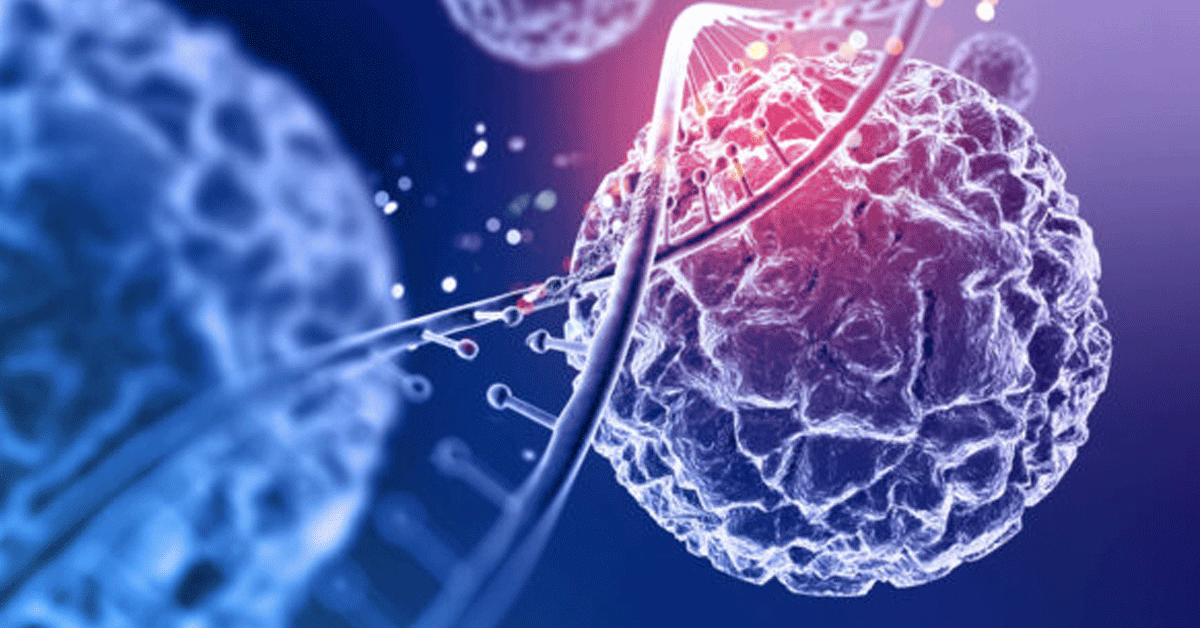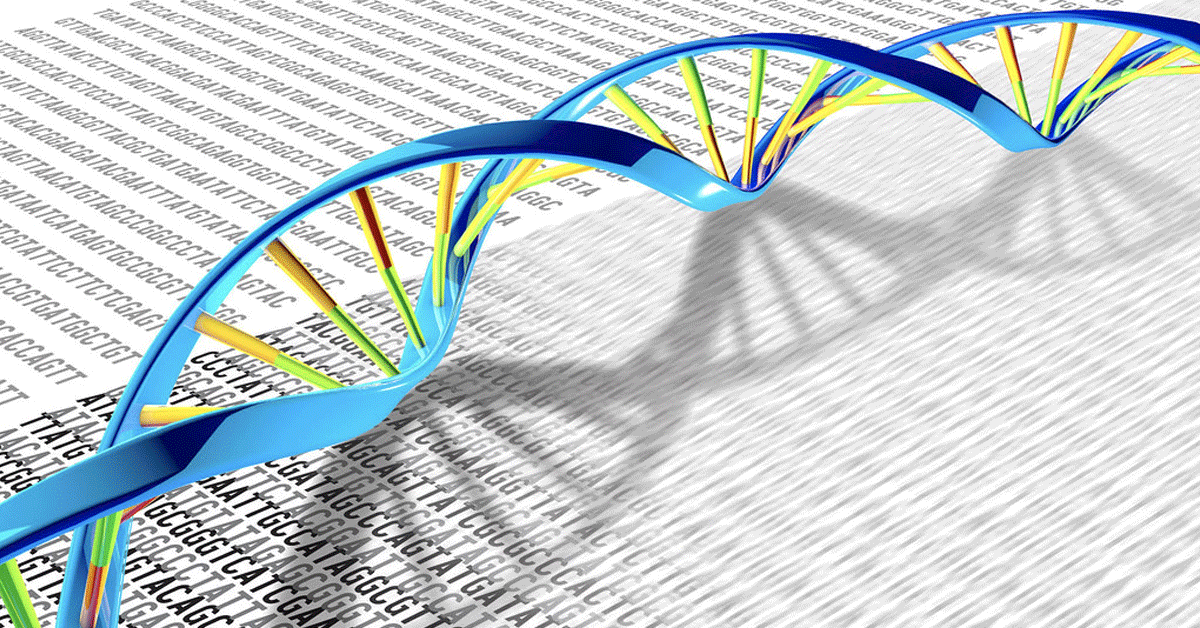Gene therapy is a technique that modifies a person’s genes to treat or prevent diseases or health conditions. There are several types of gene therapy, and they can be classified based on the way they are delivered into the body and the genes they target.
It’s important to note that the field of gene therapy is constantly evolving, and most of the types of therapies are experimental, meaning they are not yet approved by the FDA.
Gene Therapies
Here we list some of the therapies you may have already hear of.
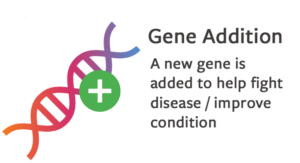 Gene Addition
Gene Addition
This technique involves adding a healthy copy of a gene to make up for a missing gene. This is commonly used for genetic conditions where adding a fully functional gene can restore typical function.
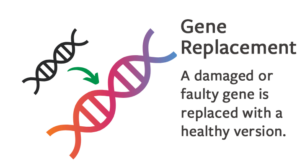 Gene Replacement
Gene Replacement
This technique involves replacing an unreliable or missing gene with a normal copy to restore function.
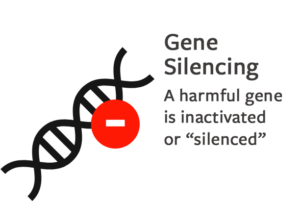 Gene Silencing
Gene Silencing
This method lowers or eliminates (silences) the product that is made from a specific gene that contributes to diseases/conditions.
A common gene silencing technique is called RNA interference (RNAi).
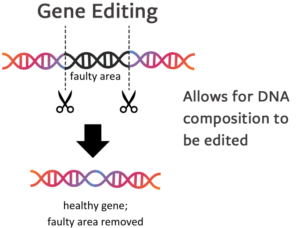 Gene Editing
Gene Editing
These types of techniques allow for precise alterations in the DNA composition. This can involve correcting gene alterations, knocking out problematic genes, or inserting new DNA sequences.
CRISPR-Cas9: A popular method that allows for precise editing of DNA composition, enabling the addition, removal, or alteration of genetic material.
TALENs and ZFNs: These are other forms of gene-editing tools that also allow for targeted modifications.
Gene Therapy Delivery Methods
Whether or not you have heard of any of these gene therapy techniques, you may be asking yourself, how would one of these therapies actually work? Gene therapy delivery refers to the techniques used to introduce “therapeutic” genes into target cells in gene therapy.
The effectiveness of gene therapy largely relies on how well these genes can be delivered to the appropriate cells in the body.
The main delivery methods are viral vectors and non-viral vector methods: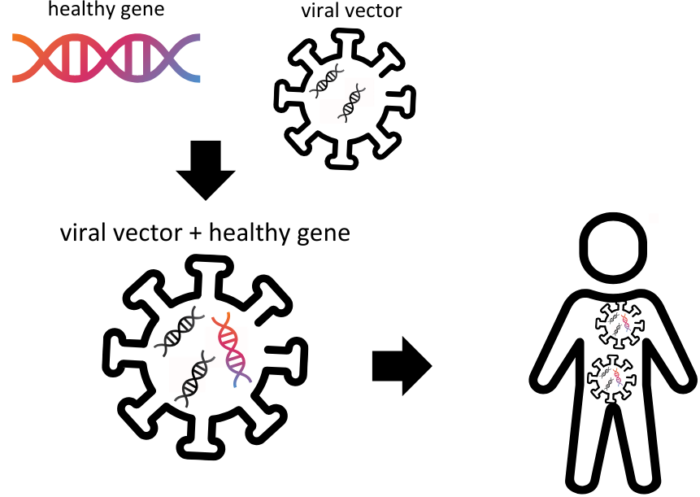
- Viral Vectors: Using viruses that are safely modified to deliver therapeutic genes into target cells. Common viruses used include adenoviruses, lentiviruses, and adeno-associated viruses (AAV). These viruses do not cause diseases in humans.
- Non-Viral Methods: These include techniques such as liposomes, electroporation, and microinjection, which can deliver genes without the use of viruses.
Gene Therapy “Whereabouts”
In Vivo: Gene therapy is delivered directly into the individual’s body.
Ex Vivo: Cells are modified in a lab outside the body and then returned to the individual.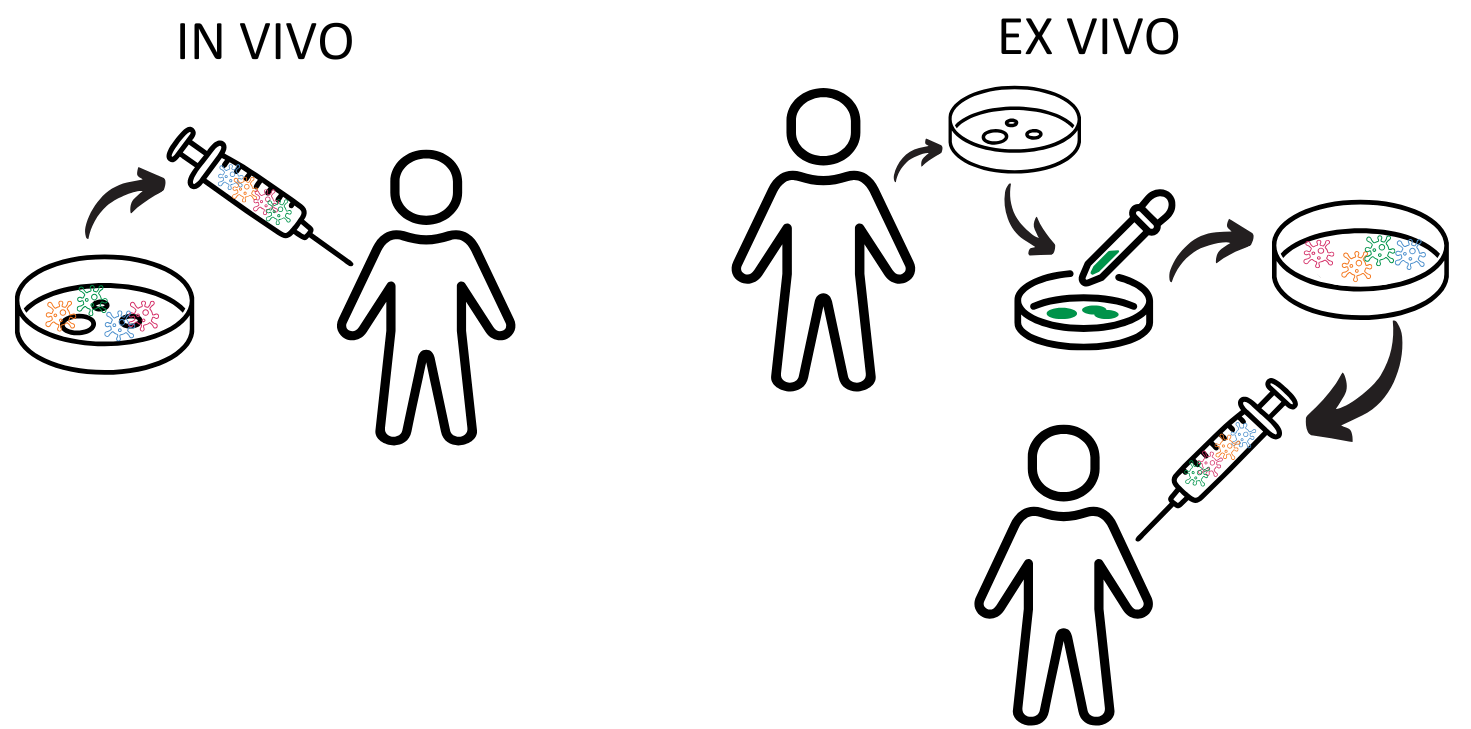
.
Each type of gene therapy has its own unique applications, benefits, and challenges. Although there are currently no FDA-approved gene therapies for FXS, ongoing research continues to expand the possibilities in this exciting field of medicine, and what seemed before like a lifetime away, is a much closer reality.
We are so excited about what the future holds!



